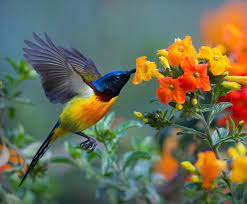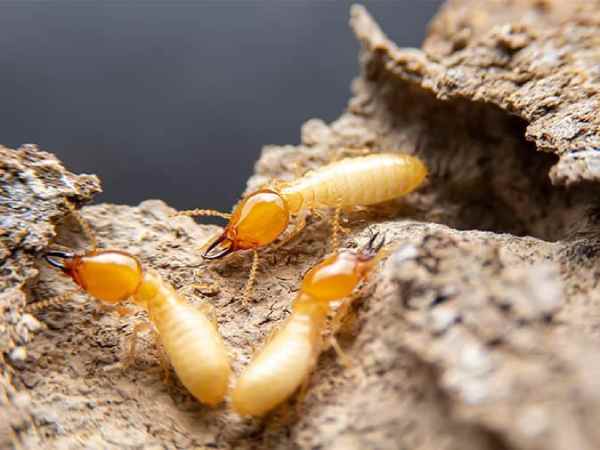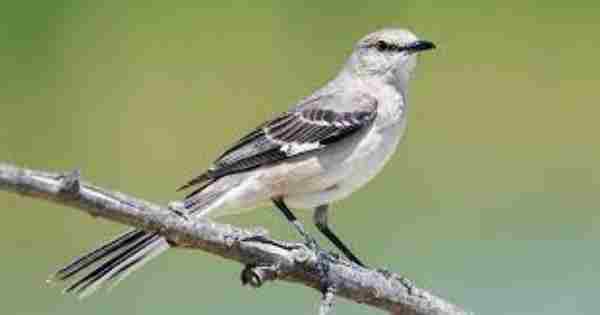Bread, a ubiquitous staple in human diets across the globe, has transcended our tables to surprise and delight some unexpected diners in the animal kingdom. While we often associate bread consumption with humans, numerous animals have developed a taste for this versatile carbohydrate-rich food. From the nimble ducks gliding over ponds to the industrious ants, and even the clever crows that grace our urban landscapes, various animals exhibit a keen interest in bread.
In this article, we delve into the intriguing world of animals that can eat bread. We explore the reasons behind their fondness, the impact of bread on their diets, and the fine balance between an occasional treat and potential ecological implications. So, grab a slice and join us as we uncover the surprising tales of wild bread enthusiasts, showcasing the unexpected culinary connections between humans and our fellow inhabitants of the natural world.
Table of Contents
Types of Bread and Their Ingredients:
Bread, a culinary marvel, comes in a multitude of types and flavors, reflecting the diverse cultures and traditions of its origins. From the hearty whole-grain loaves to the delicate, flaky croissants, the array is both extensive and enticing. Common bread types include sourdough, baguette, rye bread, and more. Each type varies not only in taste and texture but also in its core ingredients. Basic bread ingredients typically include flour, water, yeast, and salt.
However, the types and proportions of these ingredients, along with additions like sweeteners, fats, seeds, or fruits, give birth to an impressive variety of bread. For instance, sourdough bread utilizes naturally occurring yeasts, creating a unique tangy flavor. Understanding these bread types and their ingredients provides insight into the diverse array of options available to both humans and, surprisingly, certain members of the animal kingdom.
Birds:

Birds, such as pigeons, ducks, swans, seagulls, sparrows, and robins, are known to eat bread when provided. In urban and park settings, people often offer bread to these avian creatures, finding joy in feeding them. While bread is a convenient option and birds are attracted to it, it’s essential to understand that it lacks sufficient nutritional value. High in carbohydrates and low in vital nutrients, overfeeding bread can lead to malnutrition and health issues. To promote the birds’ well-being, it’s better to offer alternatives like bird seeds, grains, fruits, and vegetables. Responsible feeding practices encourage a varied and nutritious diet, contributing to the birds’ overall health and vitality.
Mammals:

Certain mammals, including rodents like rats and mice, as well as larger creatures like squirrels and, in captivity, deer, can consume bread. However, bread is not an optimal part of their diet and should be given in moderation. While mammals may find bread appealing, it lacks the essential nutrients they need for a balanced diet. In the wild, mammals rely on a more natural diet of grains, nuts, fruits, and vegetation. Bread, if offered, should be treated as a special treat rather than a regular food item to ensure these animals receive the necessary nutrition for their well-being.
Fish:

Fish, primarily aquatic creatures, are not natural consumers of bread. However, certain fish in captivity may consume small pieces of bread if provided. It’s crucial to recognize that bread is not a suitable or nutritious diet for fish. Fish require a protein-rich diet with specific nutrients to support their growth and overall health. Opting for specially formulated fish pellets or flakes that cater to their nutritional needs is a far better choice than offering bread. Providing a well-balanced diet ensures the fish remain healthy and thrive in their aquatic environment.
Insects:

Insects, including ants, are opportunistic feeders and can scavenge for bread crumbs. While bread is not a part of their natural diet, ants display adaptability in their feeding habits. However, it’s important to exercise caution when offering human-made food to insects. Their natural diet primarily consists of other insects, nectar, and plant matter. Maintaining a balance and ensuring their nutritional needs are met through their natural food sources is vital for the well-being and ecological role of insects. Responsible interaction with insects emphasizes understanding and respecting their dietary requirements in the broader ecosystem.
Ethical and Environmental Considerations:
As we acknowledge the allure of feeding bread to animals, ethical and environmental considerations come to the forefront. While sharing our food with animals may seem harmless, especially in urban and park settings, it’s crucial to understand the potential repercussions. Feeding bread to wildlife can disrupt their natural diets and lead to imbalances in their nutrition, potentially affecting their overall health. Moreover, in aquatic environments, the consumption of bread by waterfowl can lead to water pollution, algal blooms, and an increase in invasive species due to the improper disposal of uneaten bread.
Responsible feeding practices and promoting awareness about the appropriate diet for animals are paramount to ensure their well-being and maintain ecological harmony within their habitats. It’s our responsibility to appreciate and respect the dietary needs and environmental impact of the animals we share our spaces with.
Bread and Nutritional Value:
Understanding the nutritional value of bread is fundamental in assessing its potential role in animal diets. Bread is a significant source of carbohydrates, providing energy essential for metabolic processes and daily activities. It also contains small amounts of protein, dietary fiber, and various vitamins and minerals. However, the nutritional profile varies based on the type of bread and its ingredients.
Whole-grain bread, for instance, is rich in dietary fiber, promoting digestive health and aiding in nutrient absorption. On the other hand, refined bread may lack essential nutrients due to the removal of the bran and germ during processing. When considering offering bread to animals, recognizing its nutritional composition allows for informed choices that align with the dietary needs and health requirements of the specific animal species.
Responsible Feeding and Conservation:
Responsible feeding practices are integral to the well-being and conservation of wildlife. Feeding bread and other processed human foods to animals can lead to malnutrition, obesity, and health issues. As a responsible community, we should encourage the feeding of appropriate, species-specific diets to wildlife.
This involves promoting natural foraging behaviors and discouraging the feeding of human foods. Conservation efforts should emphasize educating the public about the adverse effects of improper feeding and how it can disrupt the ecosystem and endanger wildlife. Moreover, focusing on habitat preservation, promoting responsible tourism, and engaging in conservation initiatives will provide a sustainable environment for both animals and humans to coexist harmoniously.
Final Words:
In the world of culinary delights, bread stands as a universal symbol of nourishment and comfort. However, extending this comfort to the animal kingdom warrants careful consideration and responsible actions. As we explore the intriguing relationships between humans, animals, and bread, we must maintain a delicate balance, prioritizing the well-being of wildlife and the preservation of our ecosystems. Let us savor our love for bread while fostering an environment where our animal companions can thrive naturally, ensuring a healthier and more harmonious coexistence.
Reference:
- https://www.akc.org/expert-advice/nutrition/can-dogs-eat-bread/
- https://marshfieldanimal.com/can-dogs-eat-bread-yes-but-should-they/
- https://www.rentokil.co.id/blog/5-foods-in-your-home-that-attract-pests/

Jeevan Kodiyan
An animal enthusiast with an interest in zoology, studying the behavior and activities of animals in the wild habitat. I work on research projects related to species conservation and endangered species protection. I also leverage zoology to become an educator, educating others about the importance of protecting our natural environment and the beauty of animals in their natural habitats.









